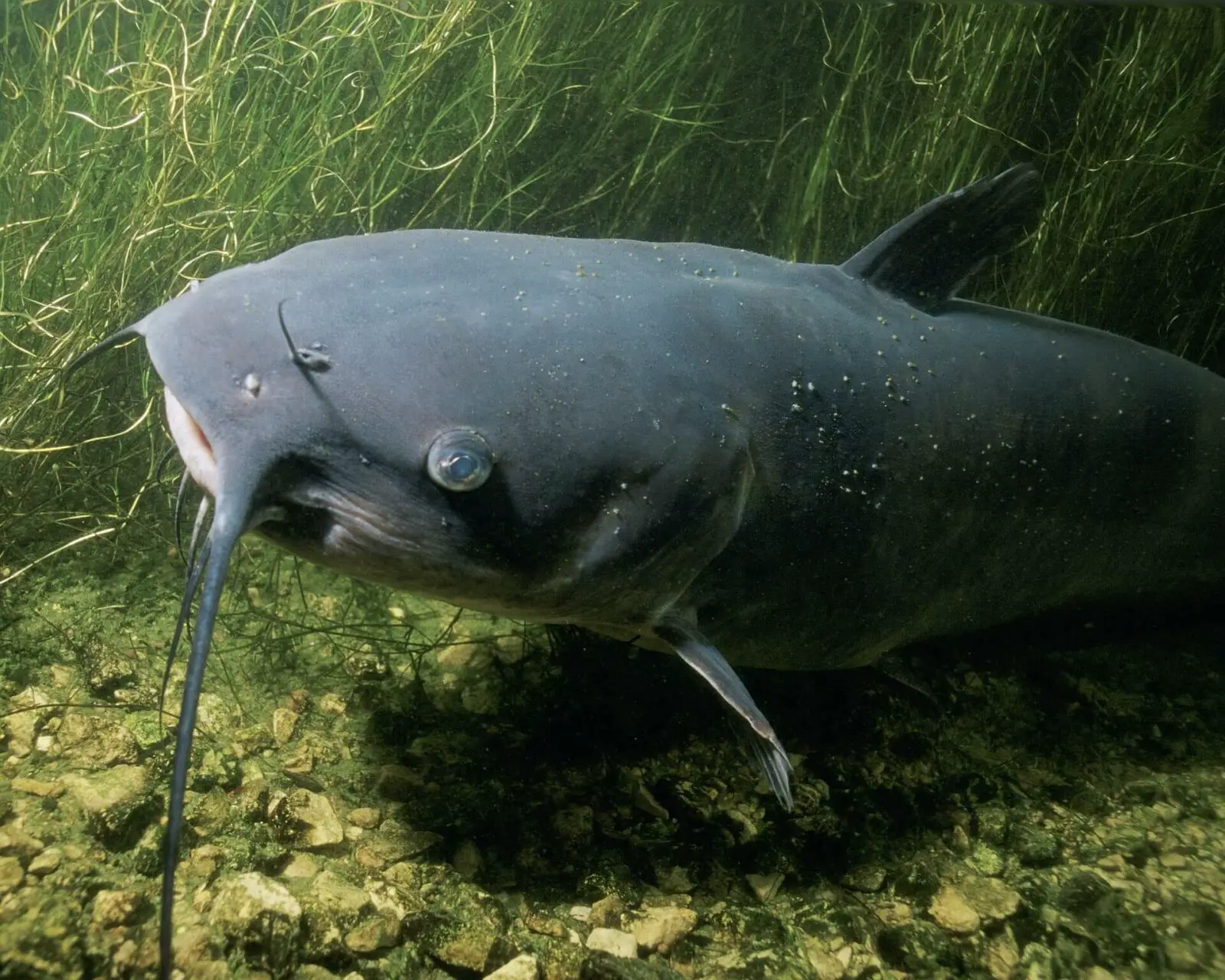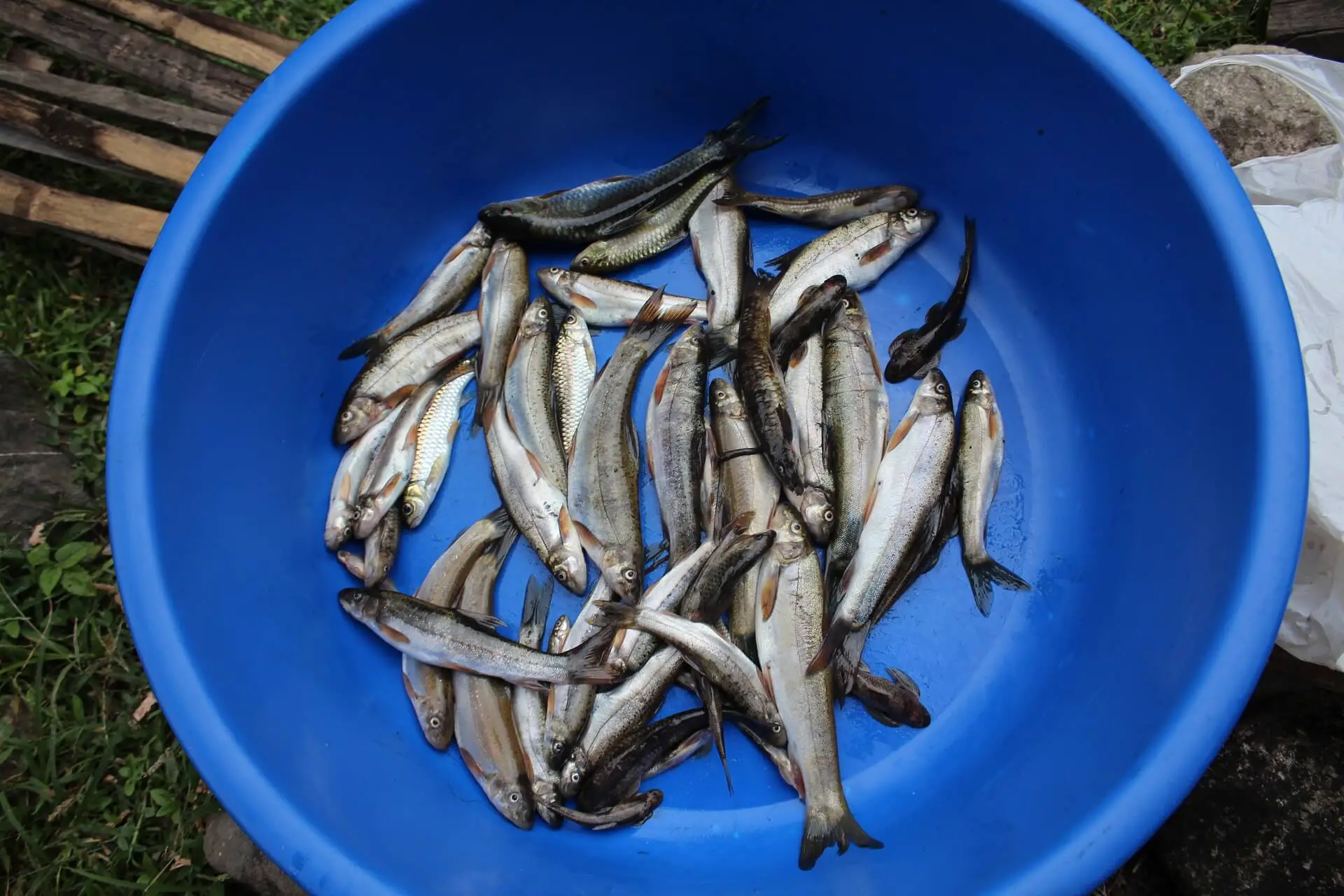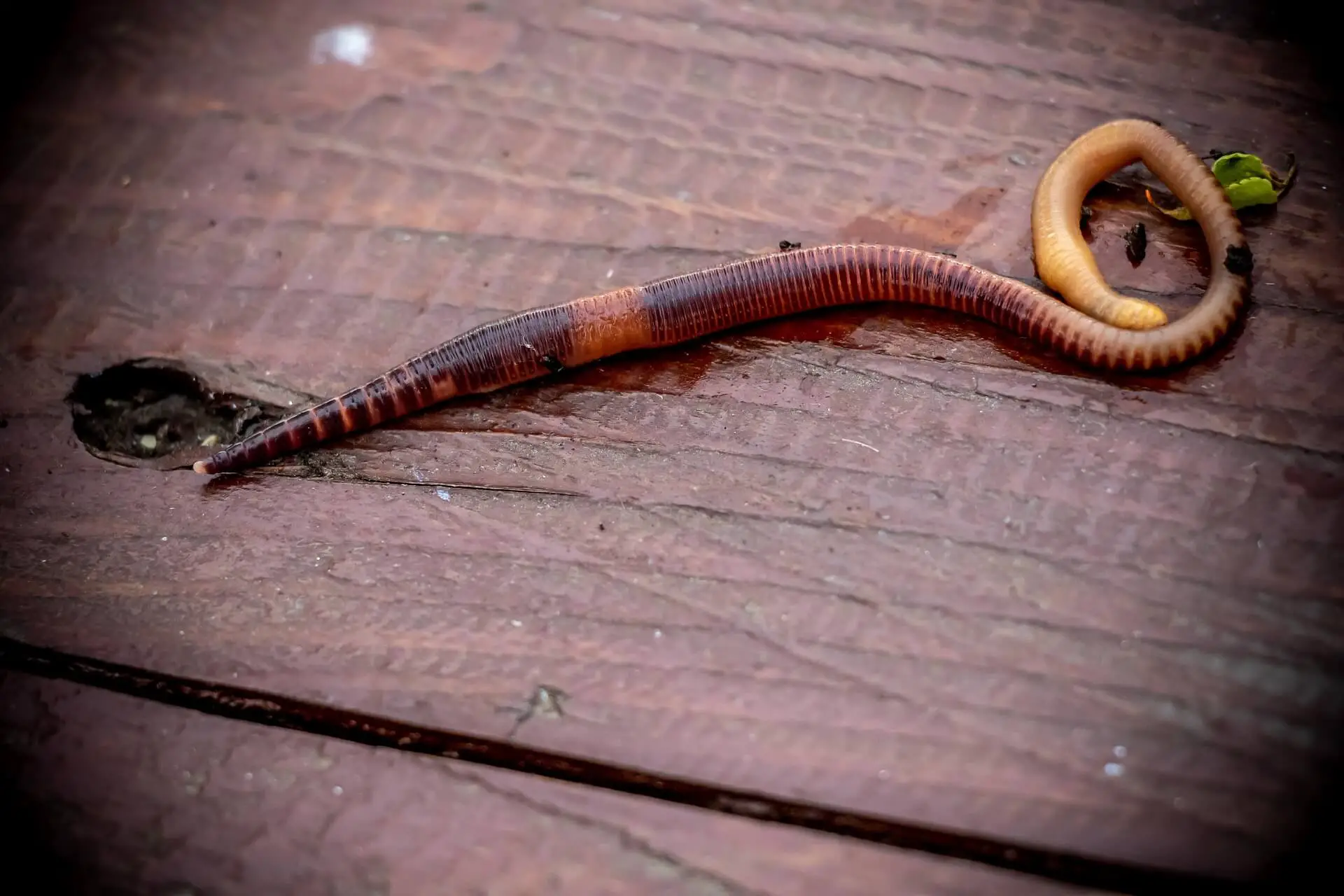Last updated on August 17th, 2023
- What Does Trout Taste Like: Unraveling the Flavor Mysteries - August 2, 2023
- Best Fishing Bibs Tested & Reviewed: Buyer’s Guide - July 19, 2023
- Fishing for Whiskers: Best Bait for Catfish - July 12, 2023


Catfish are among the most popular freshwater species for anglers worldwide. They’re a staple of sport and commercial fishing, prized not only for their size but also for their fight and the culinary value of some species. Known for their distinctive barbels, which resemble a cat’s whiskers, catfish are unique in their appearance and behavior.
Found in a variety of freshwater habitats, including rivers, lakes, ponds, and reservoirs, catfish are widely distributed and quite adaptable. They exhibit varied feeding habits, which makes choosing the right bait an essential aspect of catfishing. This guide will delve into the wide array of baits suitable for catfish fishing, offering you the knowledge you need to make your next catfish fishing adventure a success.
Catfish Habitats


Knowing where to look for catfish is half the battle. Catfish are highly adaptable and can be found in a wide range of freshwater habitats.
Rivers
Catfish are common in rivers, where they often lurk in deeper pools, under overhanging banks, or around fallen trees or other structures. They use these areas as hiding places and as hunting grounds, waiting for the current to bring food their way.
Lakes
In lakes, cats are typically found in deeper areas during the day, especially in the heat of summer. They tend to move into shallower waters at night to feed. Bottom structures like submerged trees, rocks, and ledges can be particularly attractive to catfish in lakes.
Reservoirs
Reservoirs often provide excellent catfish habitat. Like lakes, catfish in reservoirs often retreat to deeper water during the day and move into the shallows to feed at night. Dams, channels, and submerged structures are all good places to look for catfish in reservoirs.
Types of Catfish


There are many different species of catfish worldwide, but in North America, the most commonly targeted by anglers are the Channel Catfish, Blue Catfish, and Flathead Catfish. Each has its own unique characteristics and habitat preferences.
Channel Catfish
Channel catfish are the most widespread catfish species in North America. They’re found in a wide range of habitats, from small ponds to large rivers. They are often recognized by their slender body and deeply forked tail. Channel catfish are opportunistic feeders but are known to have a particular liking for strong-smelling baits.
Blue Catfish
Blue catfish are the largest catfish species in North America, with some specimens reaching weights of over 100 pounds. They are primarily river-dwelling fish, often found in areas with swift current. Blue catfish prefer fresh fish, making cut baitfish an excellent bait choice.
Flatheads
Flathead catfish are also large, often exceeding 40 pounds. They have a broad, flat head, as their name suggests, and a square tail. Flatheads prefer live bait, especially small fish such as sunfish or shad.
Each species requires a slightly different approach, and the most effective bait may vary depending on the species and the specific conditions. By understanding the habits and preferences of the catfish you’re targeting, you can greatly increase your chances of success.
Best Natural Catfish Baits
As opportunistic feeders, catfish will often eat whatever is available. However, due to their highly developed sense of smell and taste, they are particularly attracted to baits that offer a strong scent.
Baitfish


Small fish such as shad, minnows, herring, and sunfish are prime choices when it comes to baiting catfish. These are species that catfish naturally prey upon in their environment. Using these as bait can be highly effective, as they offer a scent and taste familiar to the catfish.
Using live baitfish can further increase your chances of a successful catch. The live baitfish’s natural, erratic movements in the water serve as a beacon, calling catfish to a potential meal. To ensure your baitfish stays alive, hook them in a way that causes minimal harm. Hooking through the back or the nose usually provides the best results.
Invertebrates


Invertebrates, such as worms, crawfish, leeches, and shrimp, are another excellent natural bait option. These creatures are commonly found in the catfish’s habitat, making them an attractive meal to the catfish.
The wriggling action of a live worm or the scent of a fresh shrimp can be hard for any catfish to resist. Like baitfish, invertebrates should be hooked in a way that allows them to remain alive and active, providing movement and scent to attract the catfish.


Unnatural Baits
While natural baits are effective, there are many unconventional bait options that catfish also find irresistible. One such bait that has stood the test of time is chicken liver.
Chicken Liver
The strong, distinctive scent of chicken liver has been known to draw catfish from considerable distances. Despite not being part of their natural diet, catfish seem to be unable to resist this scent.
Chicken liver is easily available at most grocery stores and is quite affordable, making it a popular choice among catfish anglers. However, securing it to your hook can be challenging due to its soft texture. Using a bait holder or tying it with a thread can help keep the liver on the hook.
Man-Made Catfish Baits
Commercially made catfish baits are widely available and come in a variety of types, including dip baits, punch baits, and dough baits. These baits are specifically formulated to attract catfish, incorporating strong scents and flavors designed to stimulate the catfish’s keen senses.
Dip Baits
Dip baits, or stink baits, are made of a mix of strong-smelling substances that catfish find irresistible. These baits have a sticky, gel-like consistency, which helps them adhere to your hook or bait holder.
Dip baits are designed to slowly dissolve in water, gradually releasing their scent to attract catfish. While they can be messy to handle, many anglers swear by their effectiveness.
Punch Baits
Punch baits are similar to dip baits but have a thicker, more robust consistency. They’re named for the way you ‘punch’ or push your hook into the bait to cover it fully.
Punch baits typically include fibrous materials like cotton or sponge, which help hold the bait on the hook. Once in the water, these baits emit a potent scent, enticing catfish to your hook.
Dough Baits
Dough baits, as the name suggests, have a dough-like consistency. They’re made from a mixture of ingredients such as cornmeal, flour, cheese, and other strong-smelling items.
The dough can be molded around your hook, providing a large surface area for scent dispersion. Some anglers also add bits of baitfish or invertebrates to their dough baits for added attraction.
Chumming for Catfish
Chumming is a technique often used by catfish anglers to attract fish to a specific area. Chum is made by mixing various scented substances, including fish parts, corn, dog food, or commercial chum products.
The chum is then scattered into the water, where it slowly disperses, creating a scent trail that catfish can follow back to the source. It’s important to note that chumming is not allowed in all areas, so be sure to check local regulations before using this technique.
Artificial Lures for Catfish


While less commonly used for cats than other species, artificial lures can also be an effective way to catch catfish. Lures that create movement, vibration, or sound can pique the curiosity of catfish and trigger an aggressive response.
Wobblers
Wobblers, also known as swimbaits, are designed to mimic the swimming motion of small baitfish. The lifelike movement of these lures can be enticing to cats, especially when they’re in a more aggressive, predatory mood.
Crankbaits
Crankbaits dive down into the water when reeled in, creating an attractive movement that can tempt these big predators. Some crankbaits are also designed to produce vibration and sound, further attracting cats.
Spinners
Spinnerbaits feature a spinning blade that creates vibration and flash as it moves through the water. This can simulate the movement of small prey, stimulating catfish to strike.
Conclusion on the Best Bait for Catfish
Catfishing is a delightful activity that requires a good understanding of the habits and preferences of this unique species. From natural baits like baitfish and invertebrates to unconventional choices like chicken liver, the world of catfish bait is diverse and exciting.
Add in the wide range of man-made baits and the potential for using lures, and you’ve got a variety of ways to approach your next catfish outing. Remember, the best bait often depends on the specific situation and the specific preferences of the catfish in your area. So, don’t be afraid to experiment and try different options until you find what works best for you. Happy fishing!
FAQs on the Best Catfish Bait
Do catfish prefer live bait or artificial lures?
While catfish are known to respond well to live bait due to their natural movements and scent, some catfish can be caught on artificial lures as well, especially when they are in a predatory mood.
Can I use bread as bait for catfish?
Yes, bread can be used as a catfish bait. However, it’s often more effective when combined with other scented ingredients to make dough baits.
What is the best time to fish for catfish?
Catfish can be caught at any time of the day, but they’re typically more active during the early morning and late evening hours.
Are certain types of catfish more attracted to certain types of baits?
Yes, different species of catfish can have slightly different preferences when it comes to bait. For example, channel catfish are often attracted to strong-smelling baits like chicken liver or stink baits, while blue catfish prefer fresh, cut baitfish.
Is it better to fish for catfish from a boat or from the shore?
Both can be effective. It often depends on the specific body of water and where the catfish are located. In larger bodies of water, a boat may allow you to reach deeper areas where catfish often dwell.
